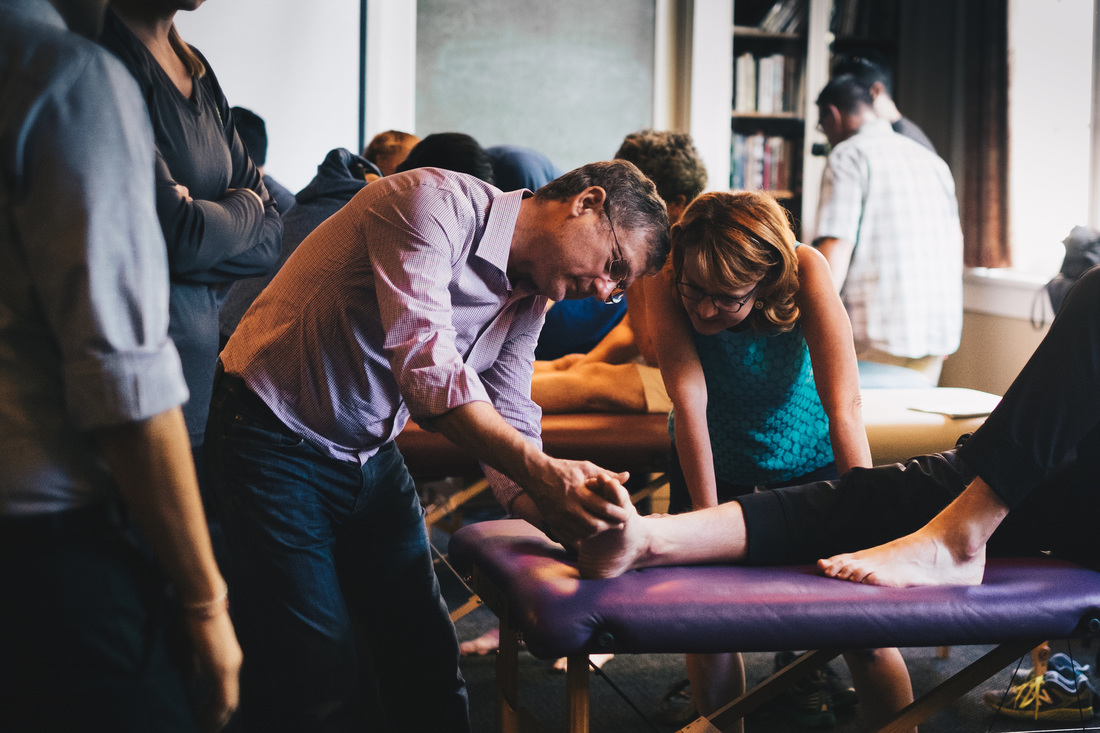
Teachers:
Michael Shacklock
PT, MASc, FACP, PhD candidate
Michael received his graduate qualification at the Auckland School of Physiotherapy, New Zealand, in 1980. He worked in public hospitals in the medical, surgical, paediatrics, orthopaedics, geriatrics, intensive care and burns areas around New Zealand before being employed in private practices, treating spinal and sports injuries in Nelson with Michael Monaghan and Auckland with Margaret Franklin. In 1985 he moved to Adelaide, Australia, working at the Royal Adelaide Hospital and private practices around Adelaide. He completed a Graduate Diploma in Advanced Manipulative Therapy in 1989 and converted this to a Masters degree at the University of South Australia in 1993. He was awarded a Fellow of the Australian College of Physiotherapists (Australian Physiotherapy Association) for his monograph and international best-seller text book, Clinical Neurodynamics, Elsevier, Oxford, 2005. In addition to his neurodynamics book, he has published two other books, Moving in on Pain (Elsevier) and Biomechanics of the Nervous System: Breig Revisited. He also authored, co-authored and mentored numerous research studies, editorials, commentaries and clinical papers in international peer reviewed journals articles which have garnered many international awards, including Visiting Professor of the Faculty of Medicine, Barcelo University, Buenos Aires (see academic activities on ResearchGate). He was a member of the International Advisory Board of the journal Musculoskeletal Theory and Practice (formerly Manual Therapy), United Kingdom and is an Associate Editor of the Journal of Manual and Manipulative Therapy, USA. Michael presents keynote addresses and invited conference lectures, trains staff at elite sports medicine facilities and sports clubs, universities, hospitals and private seminars around the world. His special interests are neurodynamics, measurement of mechanical function of the nervous system, pain and the nervous system and musculoskeletal function. His most valued interest is how to synthesise science and clinical practice using evidence and reasoning. Michael is an active clinician, has 35 years of experience in treating patients and is recognised as an international leader in the diagnosis and treatment of musculoskeletal disorders with a neural aspect.
For more information:
Please contact us at: +370 618 67325 OR [email protected]












